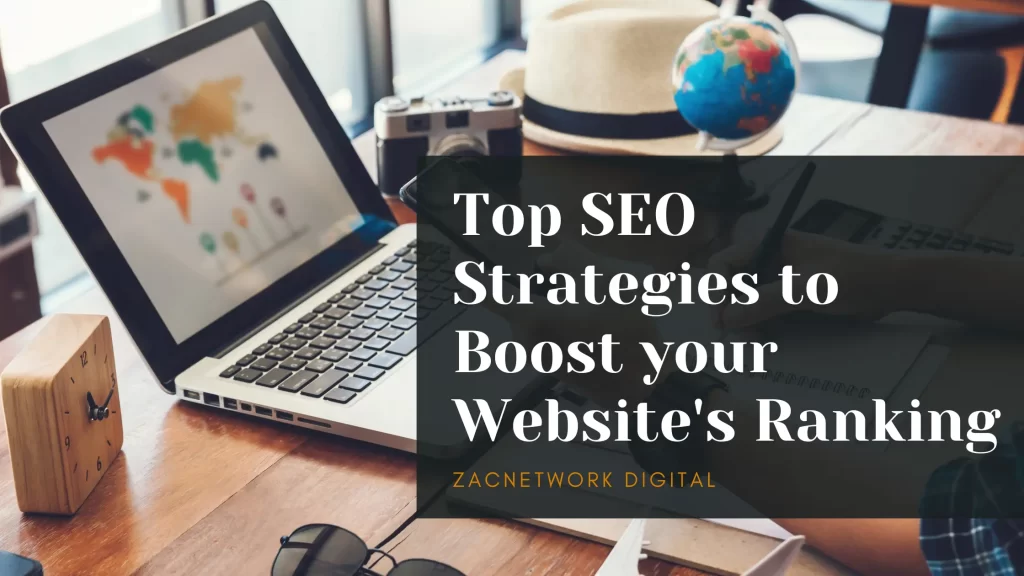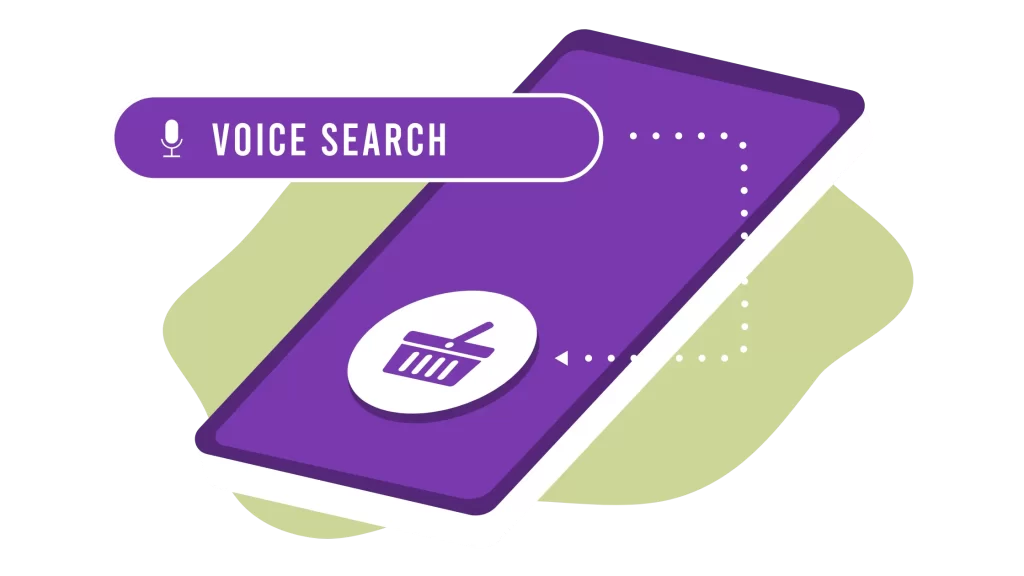
Top SEO strategies to boost your website’s Ranking in 2024.
Hey there! Want to learn about Top SEO strategies to boost your website’s Ranking in 2024. The strategies that will help you attract more readers to your website? I’ve got some great tips for you. Let’s start with the basics and work our way up. No technical jargon, I promise! Just practical advice that you can use to improve your website’s search engine ranking.
Firstly, lets know what SEO means SEO stands for search engine optimization, and it’s the process of improving the visibility and ranking of your website in search engine results. There are a number of different factors that go into SEO, including the quality of your content, the keywords you use, the technical aspects of your website, and more.
The goal of this SEO strategies is to make your website more visible to people who are searching for information related to your business or topic. Are you trying to improve your website’s visibility? If yes check these strategies:
1. Optimise Search Keywords

One of the Top SEO strategies is to optimize your website for specific keywords. To do this, you’ll need to research the keywords that your target audience is searching for and then include them in your website’s content.
Okay, let’s start with keyword research. This is the process of finding the right keywords to target. There are a few different tools you can use for this, like Google’s Keyword Planner and SEMrush. With these tools, you can find out how many people are searching for a particular keyword, and how competitive that keyword is. Once you’ve found some good keywords, you can start using them in your content.
There are a few different types of keywords that you can use in your SEO strategies. The first is short-tail keywords, which are one or two words that describe a general topic. Then there are long-tail keywords, which are more specific and usually three or more words. And finally, there are local keywords, which are keywords that include a location. For example, a local keyword could be “Indian restaurant in New York City.” Each of these keyword types has its own benefits and should be used in different ways.
Now, let’s learn briefly about long-tail keywords. These are keywords that are more specific and targeted, and they tend to have less competition than broader keywords. For example, instead of using the keyword “SEO,” you could use a long-tail keyword like “how to optimize a website for SEO.” This will help you attract the right readers who are looking for that specific information. Do you see how that works?
2. Create Backlinks for your website

Another strategy is to create backlinks to your website. Backlinks are links from other sites that lead to your site. The more high-quality backlinks you have, the higher your website will rank in search results. They are important because they signal to search engines that your website is trustworthy.
The more high-quality backlinks you have, the higher you’ll rank in search results. You can get backlinks by creating great content that other websites want to link to, reaching out to other website owners, and promoting your content on social media. Great sites has a good number of backlinks.
3.Optimise your website for Image search

This is also an important strategy to note when optimizing your website for specific keywords. Image search is when people use a search engine to look for images rather than text-based content. You can optimize your website for image search by adding relevant keywords to your image files, using descriptive filenames, and adding alt text to your images. You should also make sure your images are high-quality and relevant to your website’s content.
Image search optimization is about making sure your website’s images are optimized for search engines. This means using descriptive file names, adding alt text, and using the right image sizes. Alt text is particularly important, as it’s what search engines use to understand what your image is about.
For example, you could add alt text like “woman wearing a red dress” to an image of a woman wearing a red dress. This will help search engines understand the content of your image, and it will also improve your chances of appearing in image search results. Make sense?
4.Use structured data markup on your website

Structured data markup is code that you add to your website to help search engines understand your content. It’s a way to label your content so that search engines can easily identify things like product prices, events, and reviews. Structured data markup can also help you get rich results in search, which are enhanced search results that include images, ratings, and other information.
Structured data markup is a way of adding more information to your website’s code so that search engines can understand it better. For example, if you have a product page, you can add structured data markup to include the product’s name, price, description, and reviews. When you add this markup, search engines can use it to generate rich results that include this information, which can make your website stand out in search engines.
5.Optimise your website for voice search

Another SEO strategy is to optimize your website for voice search. With the rise of voice assistants like Siri, Alexa, and Google Assistant, more and more people are using voice search to find what they’re looking for.
To optimize for voice search, you’ll need to use natural language and long-tail keywords in your content. You should also make sure your website is fast and easy to navigate, as people using voice search are often looking for quick answers. It is hard to optimize but 100% reliable. Voice search optimization is a relatively new area of SEO, but it’s becoming increasingly important as voice assistants like Alexa and Siri become more popular.
The key to optimizing for voice search is to use natural language in your content. This means writing in a conversational tone and using questions and answers. For example, instead of writing “how to bake a cake,” you could write “what is the best way to bake a cake?” This makes your content more conversational and easier for voice assistants to understand. Are you following me so far? I think so.
With these five fine strategies I assure you will be well above your competitors.

